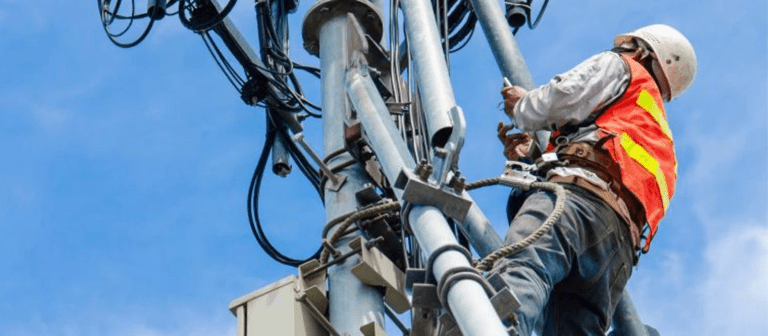By the end of 2030, Orange will have phased out its 2G and 3G networks in Europe, making way for network upgrading and spectrum reframing, which will enable more sophisticated 4G and 5G services.
With operations in Belgium, France, Luxembourg, Poland, Romania, Slovakia, and Spain, the Paris-based telecoms firm is Europe’s fourth-biggest mobile provider. It will take a two-stage approach, with the timing of the shutdowns varying based on the conditions in each nation.
Because 3G coverage in France is stronger than 2G, the latter will be phased out first in 2025, followed by 3G in 2028.
Doubling down on 4G and 5G
In other countries, 3G will be phased out by 2025, followed by 2G by 2030. Orange asserts that the move will help it concentrate on its 4G and 5G rollouts while also allowing it to make better use of its spectrum holdings to improve coverage and performance for customers.
The operator will save money as a result of the shift while freeing up physical space on mobile sites for 5G equipment.
It claims that by disclosing the changes now, it would be able to ensure that all devices and equipment are covered in the current renewal cycle.
A decade-long transition
The move will not only reduce waste but also allow impacted users to plan confidently. As an example, the company says it will work with IoT clients reliant on 2G or 3G networks to find alternate solutions.
Orange Group CTIO, Michal Trabbia, said that removing legacy technologies like 2G and 3G is part of its plan to become a leading European network operator and deliver the best connectivity possible to customers.
The UK government has told operators they should shut down their 2G and 3G services by 2033 to help with the 5G rollout.
